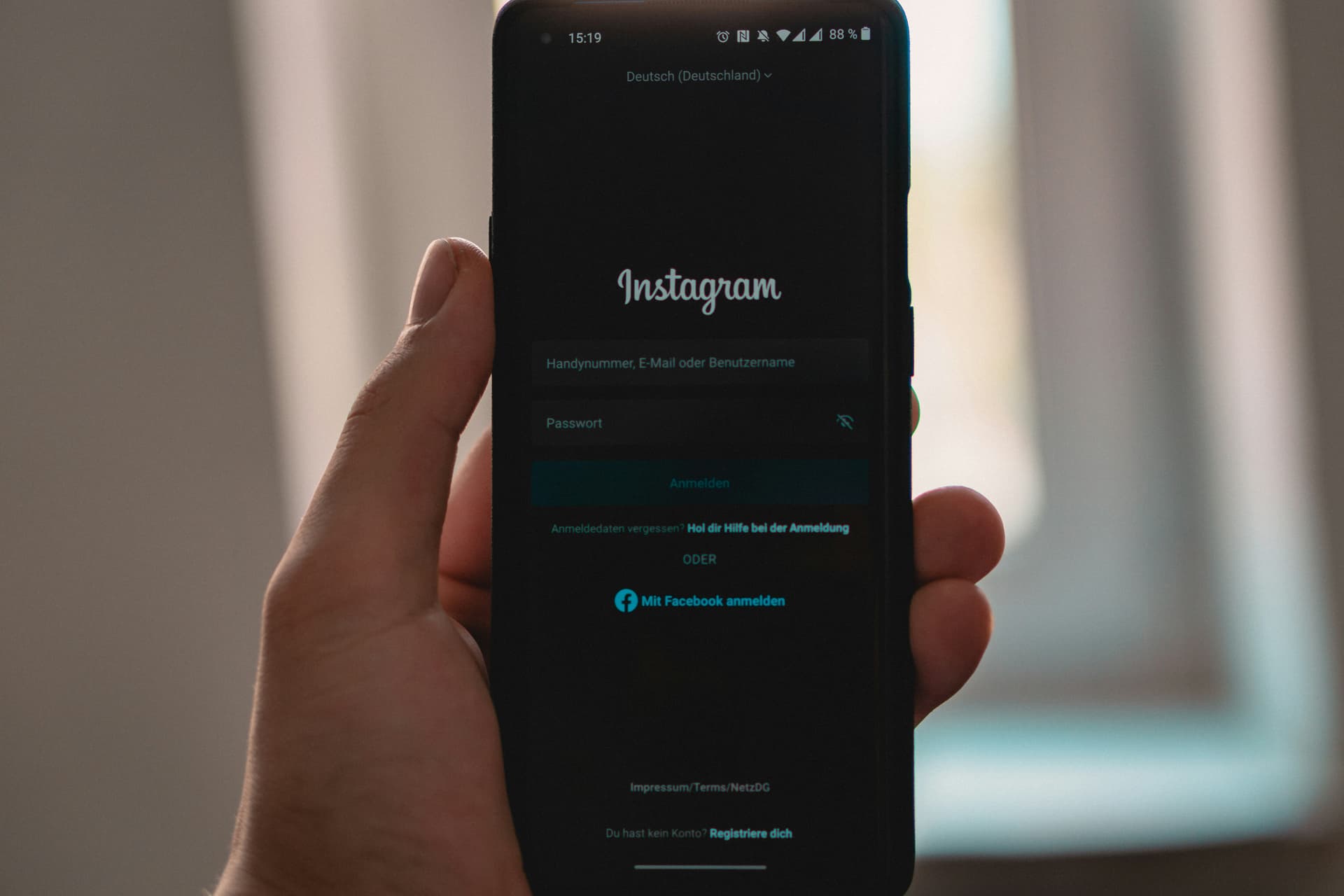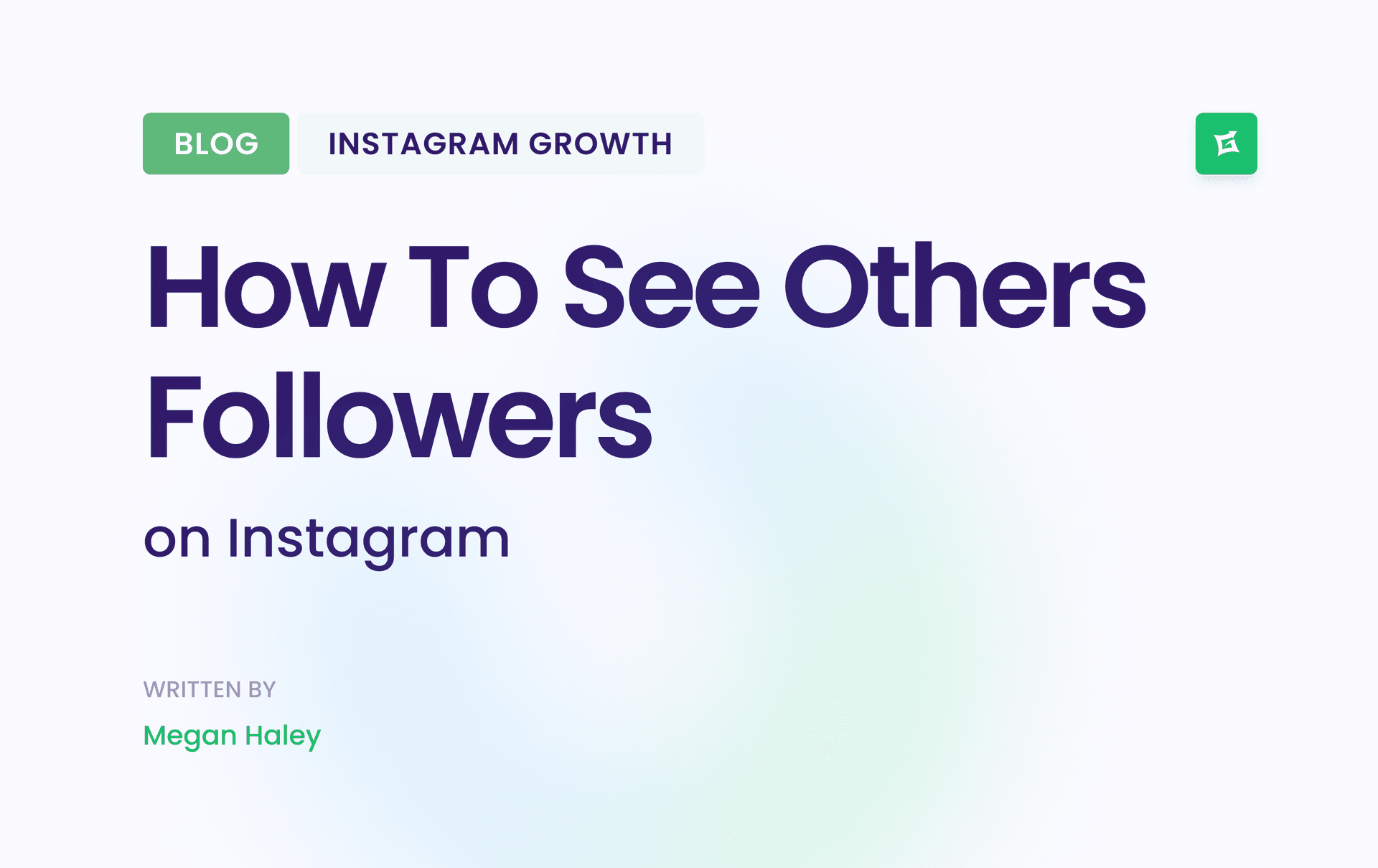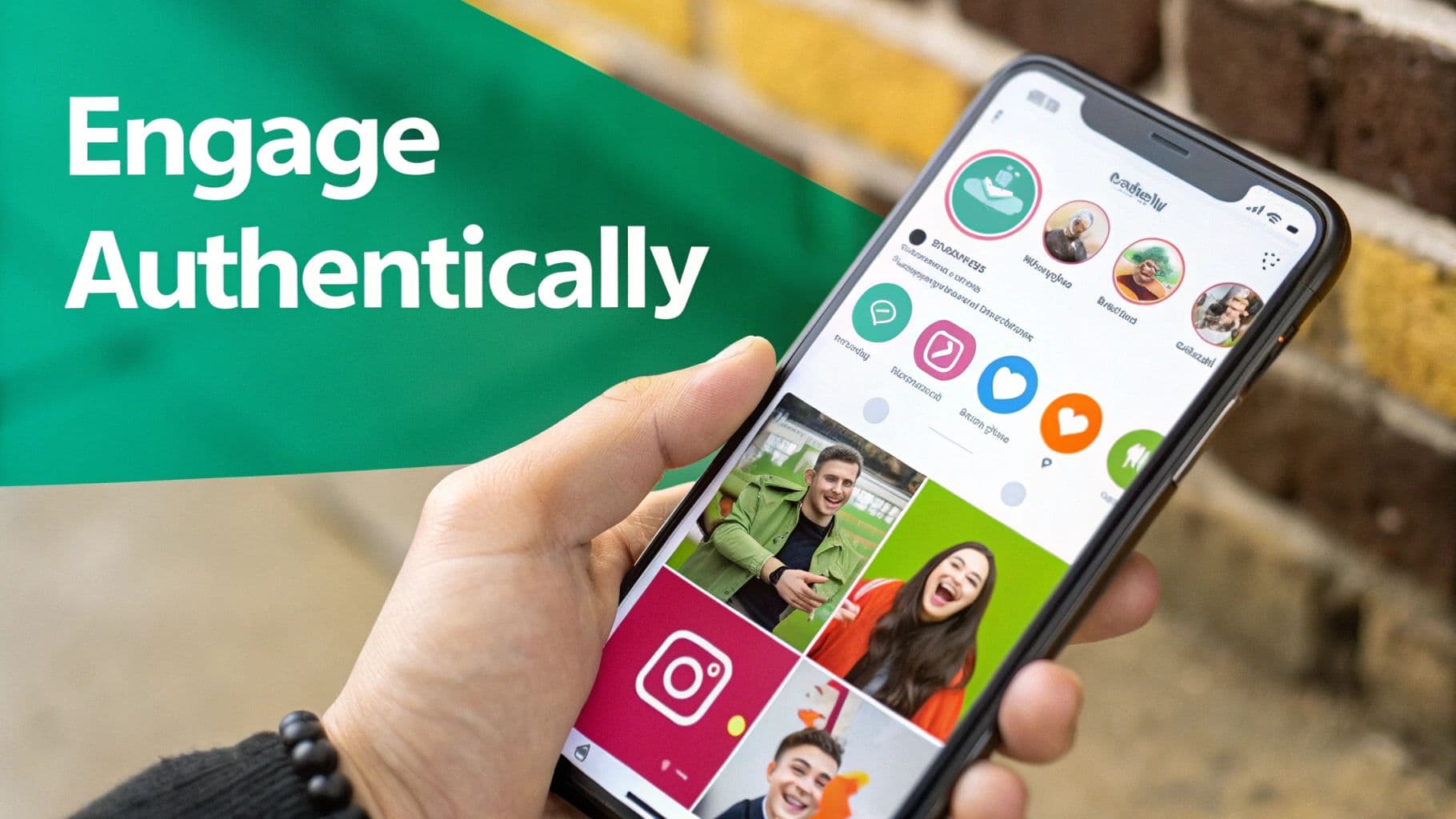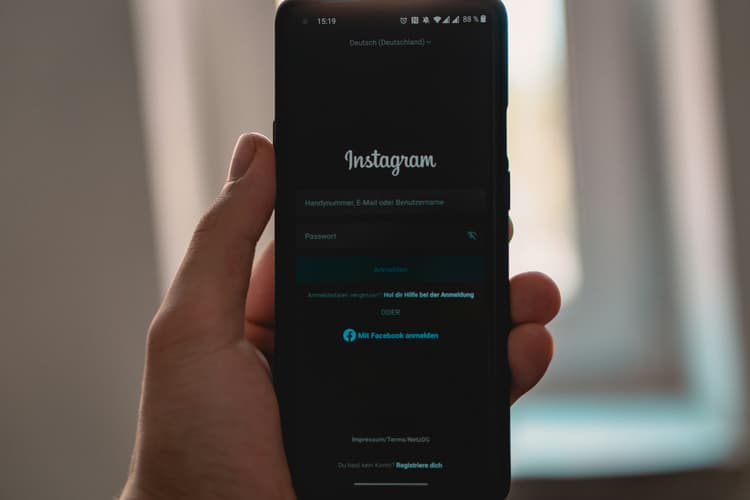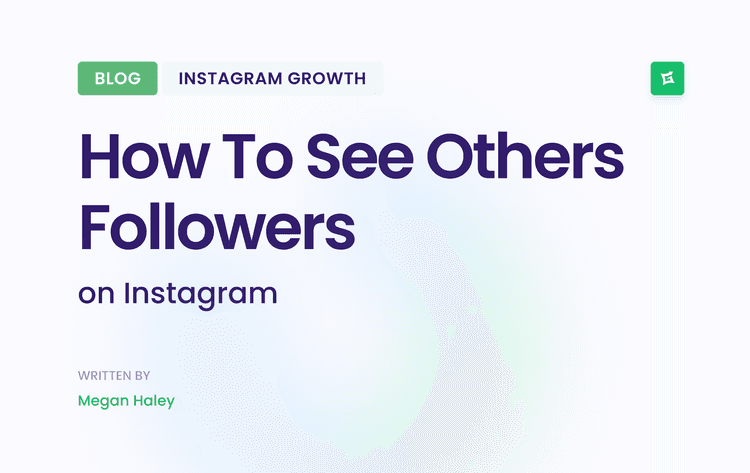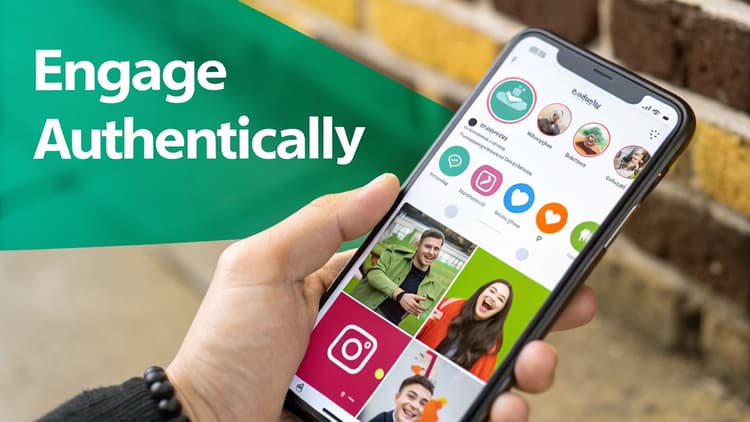1. Build Unshakeable Authenticity and Trust
In a digital landscape saturated with polished, professional advertising, modern consumers have become adept at spotting inauthentic marketing. This is where one of the most powerful benefits of user-generated content (UGC) comes into play: its ability to build genuine authenticity and trust. UGC leverages the unfiltered voices and experiences of real customers, changing your brand's message from a sales pitch into a credible, peer-to-peer recommendation.
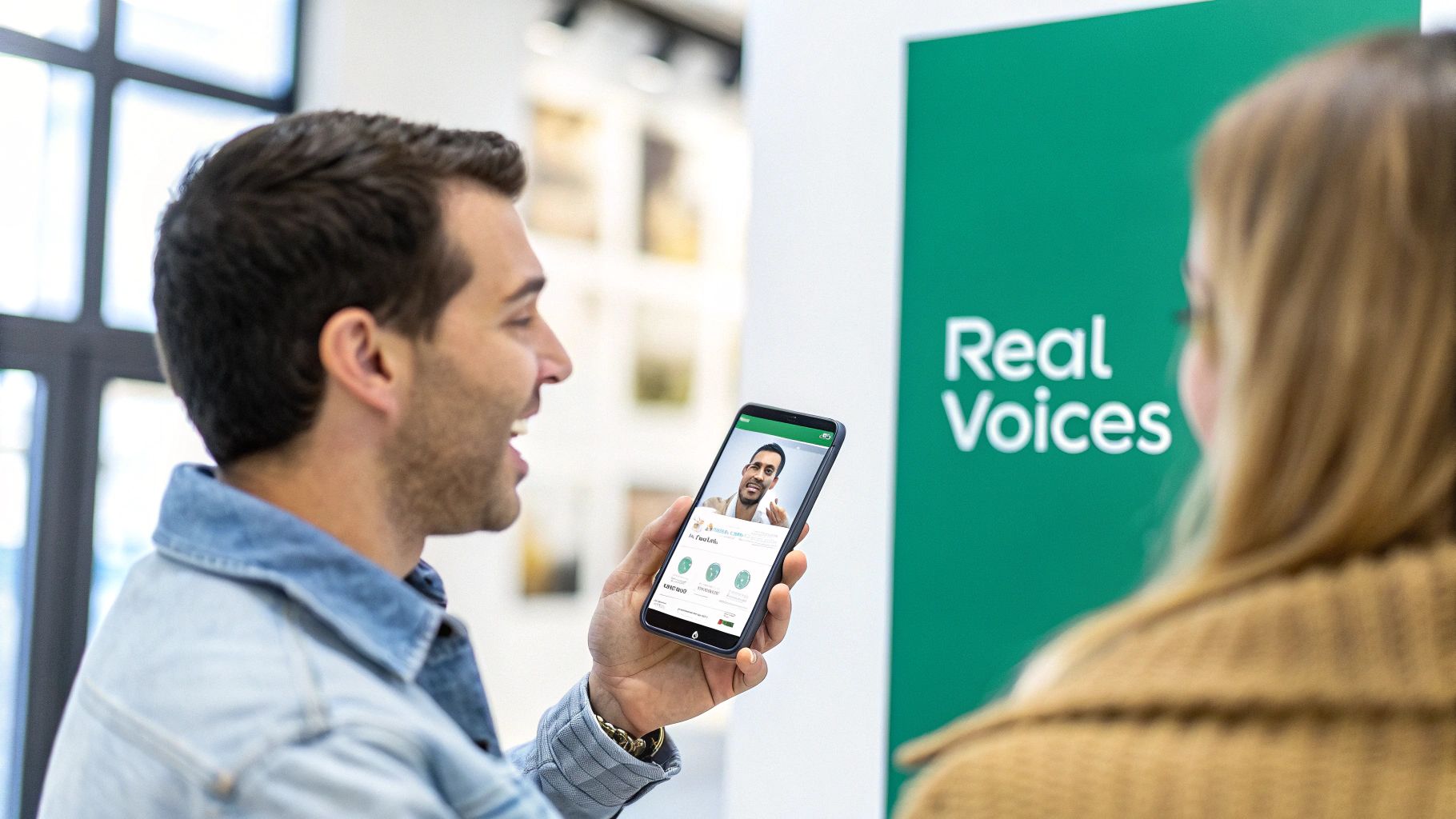
When potential customers see people just like them using and loving your products, it resonates far more deeply than a standard advertisement. This social proof validates your brand's promises, showing that you deliver real value to real people. Platforms like TripAdvisor and Yelp built their entire business models on this principle, proving that the opinions of others heavily influence consumer trust.
How to Implement UGC for Authenticity
Launch a Branded Hashtag Campaign: Encourage customers to share their experiences using a unique, memorable hashtag. A prime example is GoPro’s annual #GoProMillionDollarChallenge, which sources its most compelling marketing footage directly from its user base, showcasing authentic adventures.
Feature Customer Stories and Testimonials: Go beyond simple photo features. Share detailed stories or video testimonials from a diverse range of customers. This highlights different use cases and helps a wider audience see themselves in your brand's community.
Run a Creative Contest: Invite your audience to get creative with your product. The famous Starbucks #WhiteCupContest asked customers to doodle on their cups and share the designs. This not only generated a massive amount of authentic content but also fostered a sense of community and brand ownership.
By prioritizing real customer voices, you shift perception from being just another company selling a product to a trusted brand that is celebrated by a loyal community. This foundation of trust is crucial for long-term growth and loyalty on Instagram and beyond.
2. Enhanced Engagement and Community Building
One of the most transformative benefits of user-generated content is its power to turn passive followers into active participants, fostering a vibrant and loyal community around your brand. Instead of simply consuming content, your audience becomes co-creators. This shift creates a powerful sense of ownership and investment, significantly boosting engagement rates as users are more likely to interact with content they helped create and with other community members.

When customers share their photos, videos, or stories, they aren't just engaging with the brand; they're connecting over a shared interest. This interaction is the bedrock of community. Beyond just engagement, user-generated content is a cornerstone for fostering genuine connections and is critical for effective strategies to build an online community. Platforms like Reddit and LEGO’s "LEGO Ideas," where fans submit and vote on new set designs, exemplify how inviting participation can cultivate an incredibly dedicated following.
How to Implement UGC for Community Building
Promptly Respond and Acknowledge Submissions: Make your users feel seen and valued. Respond to comments, thank users for their submissions, and engage with their content. This simple act of recognition encourages continued participation.
Highlight Top Contributors: Regularly feature the best UGC on your feed, in your stories, or even in a dedicated "community spotlight" section. Publicly crediting and celebrating your contributors provides powerful social recognition and motivates others to participate. For a deeper dive, learn more about community engagement strategies on Gainsty.com.
Create Community-Centric Hashtags: Use branded hashtags not just for campaigns, but to create a permanent, searchable hub for your community's content. This allows users to easily find and connect with like-minded fans, strengthening the community fabric independent of your direct involvement.
3. Cost-Effectiveness and Scalability
Creating a steady stream of high-quality content is one of the biggest challenges and expenses for any marketing team. User-generated content offers a powerful solution, providing a cost-effective and highly scalable alternative to traditional content production. Instead of dedicating significant budget and resources to professional shoots and campaigns, brands can tap into the creative output of their audience, generating a vast content library at a fraction of the cost.

As your community grows, so does your potential content volume, creating a self-sustaining marketing engine. A larger, more engaged audience naturally produces more photos, videos, and reviews. This dynamic enables your content strategy to scale organically in tandem with your brand's growth, without a corresponding increase in your marketing spend. The financial benefits of user-generated content are clear: you get more assets for less investment.
How to Implement UGC for Cost-Effectiveness
Offer Small Incentives: You don't need a massive prize to motivate users. Often, simple recognition, a feature on your official page, or a small discount code is enough to encourage a flood of submissions. This creates a win-win scenario where customers feel valued and you gain valuable assets.
Provide Clear Creative Guidelines: To ensure the content aligns with your brand's aesthetic, provide simple, clear guidelines. This could include suggestions for lighting, composition, or themes. This helps maintain a degree of quality control without stifling the authenticity of the submissions.
Leverage Contests Strategically: Campaigns like Doritos' legendary #CrashTheSuperBowl, where fans submitted their commercials, showed how UGC can generate Super Bowl-level creative without the agency price tag. While a smaller brand might not aim for the Super Bowl, the principle of a creative contest remains a highly effective, low-cost strategy.
By curating content directly from the people who use and love your products, you not only save money but also build a content pipeline that grows with you. This approach changes your customers from passive consumers into active brand partners, demonstrating one of the most practical benefits of user-generated content for businesses of all sizes.
4. SEO and Online Visibility Boost
While user-generated content is often praised for its social media impact, one of its most overlooked benefits is its power to significantly boost your search engine optimization (SEO) and overall online visibility. Every piece of fresh, keyword-rich UGC, such as reviews, comments, and forum posts, gives search engines like Google more relevant content to index. This constant stream of updates signals to algorithms that your site is active and valuable, helping to improve its authority.

This process is especially effective for capturing long-tail search traffic. When customers write reviews, they naturally use a wide variety of phrases and keywords that you might not have targeted, describing your product in their own words. For example, a review for a hiking boot might include "best waterproof boots for rocky trails in Colorado," a highly specific search term that can drive qualified traffic. Giants like TripAdvisor and Etsy have mastered this, with user reviews creating thousands of indexed pages that rank for countless long-tail keywords. This is a core reason why exploring the benefits of user-generated content is so crucial for a holistic digital strategy.
How to Implement UGC for SEO
Encourage Keyword-Rich Reviews: Prompt customers to be specific in their feedback. Ask questions like, "What activity did you use this product for?" or "Where did you use it?" to encourage the inclusion of valuable location and product-specific keywords.
Create Q&A or Forum Sections: A community forum or a Q&A section on product pages invites users to create a wealth of relevant content. Each question and answer can become an indexed page that directly addresses a potential customer's query.
Moderate and Curate Content: Implement robust spam filters and moderation tools to ensure the UGC on your site is high-quality and relevant. High-quality, genuine content is rewarded by search engines, while spam can be detrimental.
By strategically encouraging and managing UGC, you build a powerful, self-sustaining SEO engine. This not only drives more organic traffic but also reinforces the authenticity that customers are looking for. To further dive into the mechanics of improving your overall web identity, you can explore general organic search ranking strategies.
5. Achieve Greater Content Diversity and Volume
Consistently creating fresh, high-quality content is one of the biggest challenges for any brand. This is another area where the benefits of user-generated content shine, providing a sustainable solution for both content diversity and sheer volume. Instead of relying solely on an internal team, UGC taps into a vast pool of creators, each with their own unique perspective, style, and creative flair.
This constant stream of content from your community means you always have a rich library of material to pull from. Your feed moves beyond a single brand voice and changes into a dynamic mosaic of real-world applications, from stunning photos and creative videos to detailed blog posts and tutorials. Platforms like Pinterest and Instagram thrive on this model, where brand visibility is amplified by the sheer volume and variety of user-shared pins and posts.
How to Implement UGC for Diversity and Volume
Set Clear Submission Guidelines: To maintain quality while encouraging creativity, provide clear guidelines on what you're looking for. This can include themes, tone, format, and technical specs. Adobe's Behance platform excels here by giving designers a space to share portfolios that adhere to professional standards.
Curate Content into Themed Galleries: Don't just post UGC randomly. Organize submissions into themed collections or galleries on your website, blog, or social media highlights. This creates a more engaging and cohesive experience, similar to how Dribbble showcases curated collections of user-submitted design work.
Repurpose Content Across Channels: A single piece of UGC can be adapted for multiple platforms. A customer photo can become an Instagram post, a story, a pin on Pinterest, and part of a "customer spotlight" email newsletter, maximizing its value and reach.
By leveraging your community's creativity, you solve the content creation bottleneck and ensure your marketing channels remain vibrant and engaging. This approach not only fills your content calendar but also enriches it with a variety of authentic voices that resonate deeply with your audience.
6. Increased Conversion Rates and Sales
Ultimately, marketing efforts are judged by their impact on the bottom line. This is where user-generated content delivers one of its most compelling benefits: a direct and measurable increase in conversion rates and sales. When prospective buyers see real people celebrating your products, it acts as powerful social proof, effectively removing friction from the path to purchase and validating their decision-making process.
This effect stems from the simple fact that people trust people more than they trust brands. A glowing review or a photo of a customer enjoying your product is more persuasive than the most polished ad copy. E-commerce giants like Amazon built their empires on this principle, where customer reviews are integral to product credibility and sales velocity. Similarly, beauty brand Glossier masterfully integrates customer selfies into its marketing emails and product pages, showing shoppers exactly how products look on real skin tones and types, which directly boosts confidence and drives conversions.
How to Implement UGC for Higher Sales
Embed UGC on Product Pages: Use a dedicated app or widget to showcase Instagram photos of customers using your product directly on its corresponding e-commerce page. This visual confirmation helps bridge the gap between seeing a product online and imagining it in real life.
Create Shoppable UGC Galleries: Curate a gallery of your best customer photos on your website and make each post shoppable. This creates an engaging, magazine-like experience that leads directly to checkout, leveraging authentic content to streamline the sales funnel. For more strategies on leveraging social proof, you can learn more about how to sell on Instagram on gainsty.com.
Feature Reviews and Ratings Prominently: Don't hide your reviews. Highlight top-rated testimonials on your homepage, product pages, and in marketing campaigns. Even publicly and constructively responding to negative feedback can build trust and show you stand behind your offerings.
By strategically placing UGC at critical points in the customer journey, you change peer recommendations into a powerful sales engine. This approach not only boosts initial purchase decisions but also increases average order value as confident customers are more likely to add more to their cart.
7. Social Proof and Brand Credibility
In the digital marketplace, consumers often look to the actions and opinions of others to guide their own decisions. This psychological phenomenon, known as social proof, is one of the most significant benefits of user-generated content. UGC acts as powerful, visible evidence that real people are buying, using, and enjoying your products, which significantly enhances your brand's credibility and reduces purchase anxiety for newcomers.

When a potential customer sees a stream of photos, videos, and positive reviews from existing users, it validates the claims made in your official marketing. This isn't just your brand saying it's great; it's a community of peers confirming it. This form of content is a prime example of earned media, which audiences often trust far more than traditional advertising. For a deeper dive into this concept, understanding the power of earned media offers a comprehensive guide.
How to Implement UGC for Credibility
Prominently Display Ratings and Reviews: Integrate customer reviews directly onto your product pages, homepage, and even in your Instagram bio. E-commerce platforms popularized by Yotpo and Trustpilot show that displaying an average star rating next to the number of reviews can dramatically increase conversion rates.
Showcase UGC in Action: Don't just collect content; display it. Create a dedicated "Community" or "Spotted" highlight reel on your Instagram profile. Feature tagged posts in your stories and feed, showing your product being used in diverse, real-world scenarios.
Leverage Third-Party Validation: Use tools that verify the authenticity of reviews. Seeing a "Verified Buyer" badge next to a testimonial adds an extra layer of trust, assuring potential customers that the feedback is legitimate and unbiased.
By strategically showcasing social proof, you build a powerful case for your brand’s value. This changes skeptical visitors into confident buyers, driven by the credible endorsement of a community they trust.
8. Valuable Customer Insights and Product Feedback
Beyond its role as a marketing asset, one of the most strategic benefits of user-generated content is its function as a direct, unfiltered feedback channel. By analyzing the content your audience creates, you gain access to a treasure trove of authentic customer sentiments, preferences, pain points, and innovative ideas. This raw data is often more honest and insightful than traditional surveys, providing a real-time pulse on how your products are perceived and used in the real world.
This feedback loop is invaluable for iteration and improvement across your entire business. It can guide your product development team toward features customers want, help your marketing team refine messaging to better resonate with the target audience, and highlight areas for service improvements. Brands like LEGO have famously used their LEGO Ideas platform to source and develop new product sets directly from their community's creations, proving that customers can be your best innovators.
How to Use UGC for Insights and Feedback
Systematically Monitor and Categorize: Don't just look at UGC; analyze it. Actively monitor your branded hashtags, tags, and mentions. Organize the content by themes such as product praise, feature requests, common complaints, or creative use cases to identify recurring patterns.
Implement Sentiment Analysis: For larger volumes of content, use social listening or text-mining tools to perform sentiment analysis. These tools can automatically classify mentions as positive, negative, or neutral, helping you quickly gauge overall brand health and spot potential issues before they escalate.
Engage and Ask Follow-up Questions: When a user shares valuable feedback or a unique use case, engage with them. Ask follow-up questions in the comments to dig deeper. This not only provides you with more detailed insights but also shows your community that you are listening and value their input.
By treating UGC as a source of business intelligence, you change your audience from passive consumers into active partners in your brand’s evolution. This approach complements traditional data gathering and can be further enhanced when you learn more about Instagram analytics for business on gainsty.com to build a comprehensive view of your audience.
Benefits Comparison of 8 User-Generated Content Aspects
Authenticity and Trust
Implementation Complexity: Moderate, as it requires content moderation.
Resource Requirements: Moderate due to the need for content review and curation.
Expected Outcomes: Builds rapid consumer trust.
Ideal Use Cases: Best for brands wanting authentic, credible messaging.
Key Advantages: Real customer voices and higher engagement.
Enhanced Engagement and Community Building
Implementation Complexity: High, requiring ongoing community management.
Resource Requirements: High due to the need for an active engagement team.
Expected Outcomes: Fosters brand loyalty and involvement.
Ideal Use Cases: Suitable for brands focused on building active communities.
Key Advantages: Strong loyalty and community-driven marketing.
Cost-Effectiveness and Scalability
Implementation Complexity: Moderate, with emphasis on guidelines and incentives.
Resource Requirements: Low to moderate, leveraging user-driven content.
Expected Outcomes: Scales content volume cost-effectively.
Ideal Use Cases: Ideal for brands aiming for scalable content growth.
Key Advantages: Cost savings and organic content scaling.
SEO and Online Visibility Boost
Implementation Complexity: Moderate, as it requires spam filters and moderation.
Resource Requirements: Moderate due to SEO and moderation needs.
Expected Outcomes: Improves organic search rankings.
Ideal Use Cases: Effective for sites focused on SEO and organic traffic.
Key Advantages: Fresh, keyword-rich content boosts SEO.
Content Diversity and Volume
Implementation Complexity: Moderate, with a need for curation to fit the brand.
Resource Requirements: Moderate, needing content curation.
Expected Outcomes: Engages broader audiences with varied content.
Ideal Use Cases: Best for brands targeting diverse demographics.
Key Advantages: Multiple media formats enrich the content mix.
Increased Conversion Rates and Sales
Implementation Complexity: Moderate, requiring review management.
Resource Requirements: Moderate, with monitoring of reviews.
Expected Outcomes: Boosts sales and average order value.
Ideal Use Cases: Great for e-commerce businesses aiming to increase conversions.
Key Advantages: Increases purchase confidence and click rates.
Social Proof and Brand Credibility
Implementation Complexity: Moderate, requiring verification tools.
Resource Requirements: Moderate due to the need for monitoring and verification.
Expected Outcomes: Increases brand credibility and trust.
Ideal Use Cases: Perfect for brands leveraging reviews for trust.
Key Advantages: Validates brand through social proof.
Valuable Customer Insights and Product Feedback
Implementation Complexity: High, needing analytics tools and expertise.
Resource Requirements: High, requiring a strong data analysis infrastructure.
Expected Outcomes: Provides actionable insights for growth.
Ideal Use Cases: Best for product teams needing customer feedback.
Key Advantages: Enables data-driven product and marketing decisions.
From Audience to Advocates: Your Next Steps with UGC
Throughout this guide, we've explored the alteration power of user-generated content, moving far beyond a simple marketing tactic to reveal its role as a cornerstone of modern brand strategy. We've seen how UGC is not just a single stream of value but a powerful confluence of advantages that work together to create an unstoppable current for growth. The core benefits of user-generated content are clear: they establish a foundation of authenticity and trust that traditional advertising simply cannot replicate and build a vibrant, engaged community around your brand.
By strategically encouraging and curating content from your audience, you tap into a virtually limitless well of creative, diverse, and compelling material. This approach is not only incredibly cost-effective, allowing you to scale your content production without a proportional increase in budget, but it also provides a rich source of social proof that directly influences purchasing decisions and boosts conversion rates. The ripple effect continues, enhancing your SEO and online visibility as authentic conversations about your brand spread across the digital landscape. Each piece of UGC serves as a testament to your brand's value and credibility.
Turning Insight into Action: Your UGC Roadmap
Understanding these benefits is the first step; implementing them is where real growth begins. Your mission is to transition your followers from passive viewers into active participants and, ultimately, passionate brand advocates. Here are the actionable next steps to make that happen:
Launch a Branded Hashtag Campaign: Start simple. Create a unique, memorable hashtag and encourage your followers to use it when they post about your products or services. Promote it in your bio, your Stories, and across your posts. This creates a centralized, easily searchable hub for all your brand-related UGC.
Actively Solicit and Incentivize Content: Don't just wait for UGC to appear. Run contests, offer features, or provide small discounts for customers who share their experiences. Asking a direct question in your Stories, such as "How are you using our product today? Tag us!", can be a powerful catalyst.
Establish a Curation and Permission Process: Create a clear system for tracking, saving, and requesting permission to use UGC. Always credit the original creator. This professional approach respects your community and builds stronger relationships.
Integrate UGC Across All Channels: Don't limit your user-generated content to just your Instagram feed. Repurpose stellar customer photos and videos in your email newsletters, on your product pages, and even in your digital ad campaigns to maximize their impact and amplify authenticity everywhere your brand exists.
Mastering the art of leveraging UGC is about creating a symbiotic relationship with your audience. You provide them with a platform and recognition, and in return, they provide you with the most powerful marketing asset available: genuine, heartfelt advocacy. This cycle fosters a deep connection that insulates your brand, fuels organic growth, and turns customers into a loyal community. By embracing this strategy, you are not just building a brand; you are starting a movement powered by the people who believe in it most.
Ready to ensure your authentic user-generated content reaches the massive, engaged audience it deserves? A powerful UGC strategy combined with targeted growth is the ultimate formula for success. Gainsty uses advanced, AI-powered strategies to connect your brand with thousands of real, relevant new followers every month, amplifying your message and maximizing the impact of your community's content. Let Gainsty build your audience so your advocates can shine.

